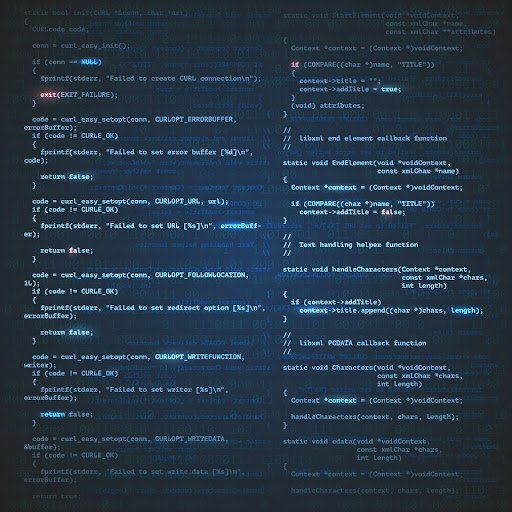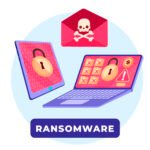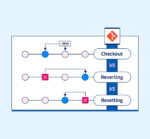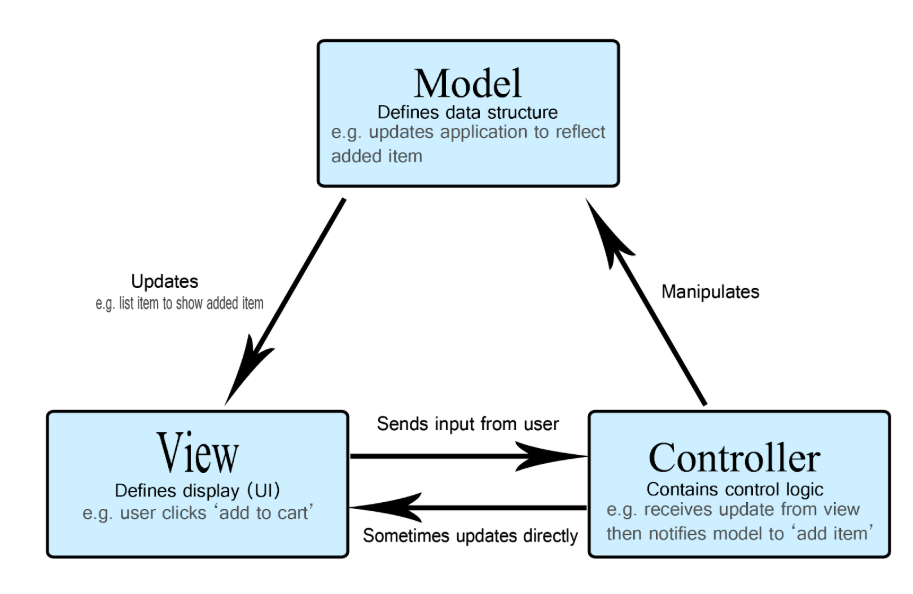Table of Contents
In today’s fast-paced digital era, the opportunity to Learn Python online has opened doors for aspiring developers worldwide. With just a laptop and internet connection, anyone can start mastering the skills that power modern technology.
In this digital movement, anyone can break into the tech industry without necessarily having fancy degrees and years of experience. It is all based on tools, dedication, and the learning path that develops the developer. One of the beginner-friendly yet powerful programming languages to begin this journey is Python. It could be work in tech, perhaps starting up your own business, or even automating some daily work all of which starts when setting your foot on an online Python course and building your first app.
Start with the Web Basics: HTML, CSS, and JavaScript
Begin with the Basic Web Technologies: HTML, CSS, and JavaScript.
Before getting into the Python projects, it helps to understand the basics of how the web works. Knowing HTML, CSS, and JavaScript will give you insight into how your Python web apps will interact with the browser.
- HTML: defines the structure of a webpage (headings, paragraphs, forms)
- CSS: is for styling and layout (color, layout, animation)
- JavaScript: does interactive behaviors (pop-ups, clicks, dynamic elements)
Your app will be written with back-end logic in Python, but the front-end that users interact with would use these technologies.
The Ultimate Reason To Learn Python
A good approximation on why Python is widely recommended for beginners is its simplicity, readability, and enormous ecosystem of libraries. From web apps to automation scripts to data analytics, machine learning, and even games, Python is capable of it all! So then, what qualities does India perceive as ideal for beginners?
- Simple, English-like syntax
- Huge online community and resources
- Thousands of libraries for everything from automation to AI
- Versatile: works for web, mobile, data, automation, and more
Step 1: Learn Python Online — Your Gateway to Tech
Learning Python has become easier with the help of all sorts of free and paid resources. Because you can learn Python online, you can do so at your own pace with hands-on exercises and immediate support from developer communities.
Best Platforms for Python Tutorials:
- FreeCodeCamp.org: A site for interactive lessons free of charge for all levels.
- Coursera & Udemy: Courses that are structured, interactive, and contain numerous projects and quizzes.
- W3Schools: Good for quick references.
- YouTube e.g. Tech with Tim, Programming with Mosh: Visual and friendly to beginners.
Search for beginner-friendly Python tutorials that cover topics like:
- Variables and data types
- Loops and conditionals
- Functions
- Lists, dictionaries, and strings
- File I/O and error handling
From your very first few tutorials, you’ll have already created your very first working programs in Python.
Step 2: Build Small Python Projects
Theory alone does not suffice; you must construct it. That is where Python projects come in. Constructing mini-apps gives you the opportunity to reinforce what you have learned while building confidence in your own abilities.
Easy Project Ideas:
- To-do list application (CLI or GUI)
- Digital clock/Timer
- Calculator
- Personal diary or note-taking application
- Weather forecast using an API
These are beginner projects that get you thinking as a developer and could serve as nice fillers in your project portfolio.
Step 3: Practice with Python Coding Challenges
Once you start to gain some comfort in writing simple code, take on some Python coding challenges. These are small, fun puzzles that will put you in the role of a problem solver and teach you some neat logic.
Recommended Platforms:
- HackerRank
- LeetCode
- Codewars
- Edabit
Begin with easy tasks, for example, reversing a string or finding prime numbers, and slowly make your way into algorithm-related problems; this is crucial for the job market and freelance work.

Step 4: Explore Python Automation Scripts
One of the coolest use cases for Python is automation; Python scripts for automation can save hours from the drudgery of renaming a batch of files, sending emails, and scraping data from the websites.
Cool Automation Ideas:
- Rename a whole bunch of image files that are contained in a folder.
- Shoot daily motivational quotes to your email.
- Scrape job listings from different websites.
- Convert several text files into PDFs.
- Auto-fill forms online. Points to consider:
Automation is not only fun; it is also practical and shows potential employers your ability to solve real-world problems.
Step 5: Learn Python for Data Analysis (Bonus Skill)
So if you are interested in working with data or want to become a data analyst and want to know how to analyse data with Python, this would be the next step. A few libraries such as Pandas, NumPy, and Matplotlib could allow you to do things such as crunch numbers and visualise patterns and insights from thousands of data points.
Use cases include:
- Analysing sales data
- Creating data dashboards
- Forecasting trends using time series
These skills will prove valuable for any area of business, such as marketing, finance, or otherwise, in learning how to analyse data with Python, which is a skill in heavy demand and high pay.
Step 6: Build and Deploy Your First Python App
Once a project is developed, the last step is deployment. Pick a simple app, such as a to-do list, quiz game or portfolio website.
How to Deploy:
- Use Flask for simple web apps
- Deploy to Heroku, Replit, or PythonAnywhere
- Use GitHub to showcase your code
A simple, usable application declares to your employers and clients: “I don’t just learn—I build.”
Final Thoughts
Breaking into tech is no longer about age, degrees, or geography; it is about skills, passion, and solving problems-you can enter through Python with a breeze. Begin small-learn Python for free, go through Python tutorials, code for fun and challenge yourself, automate tasks, or explore data analysis with Python. All from the comfort of your laptop.









